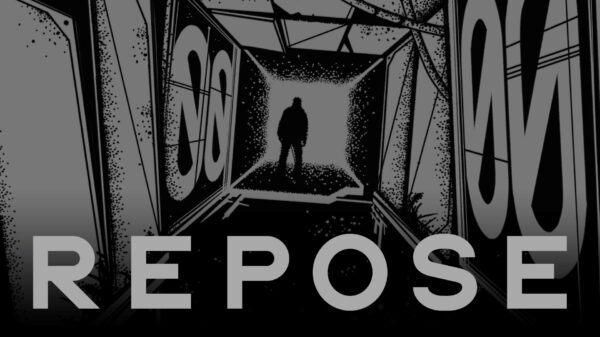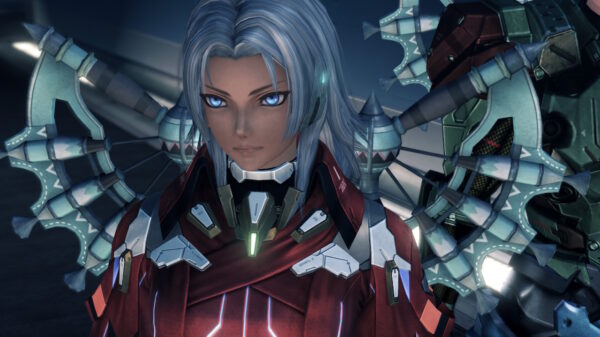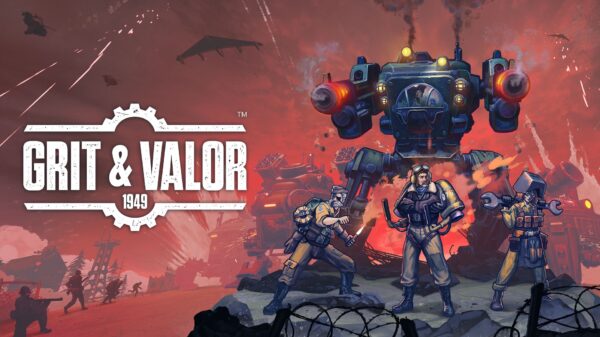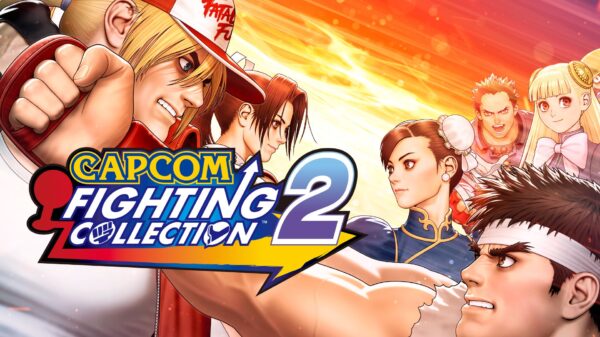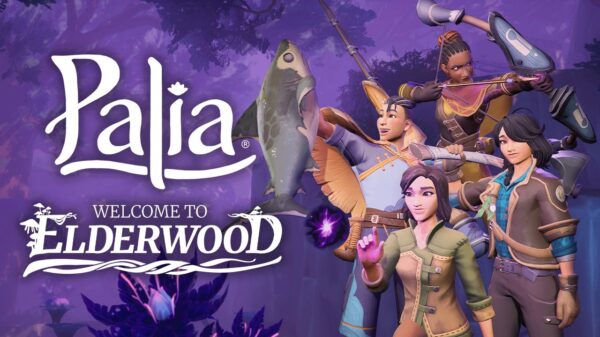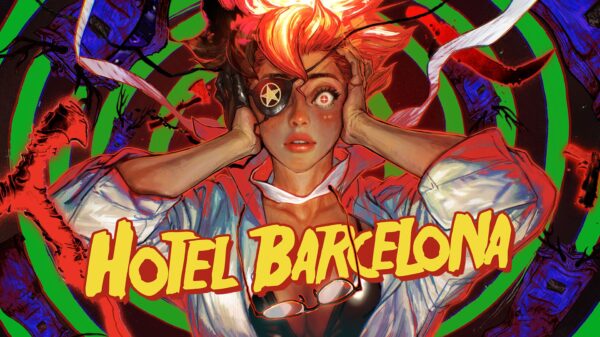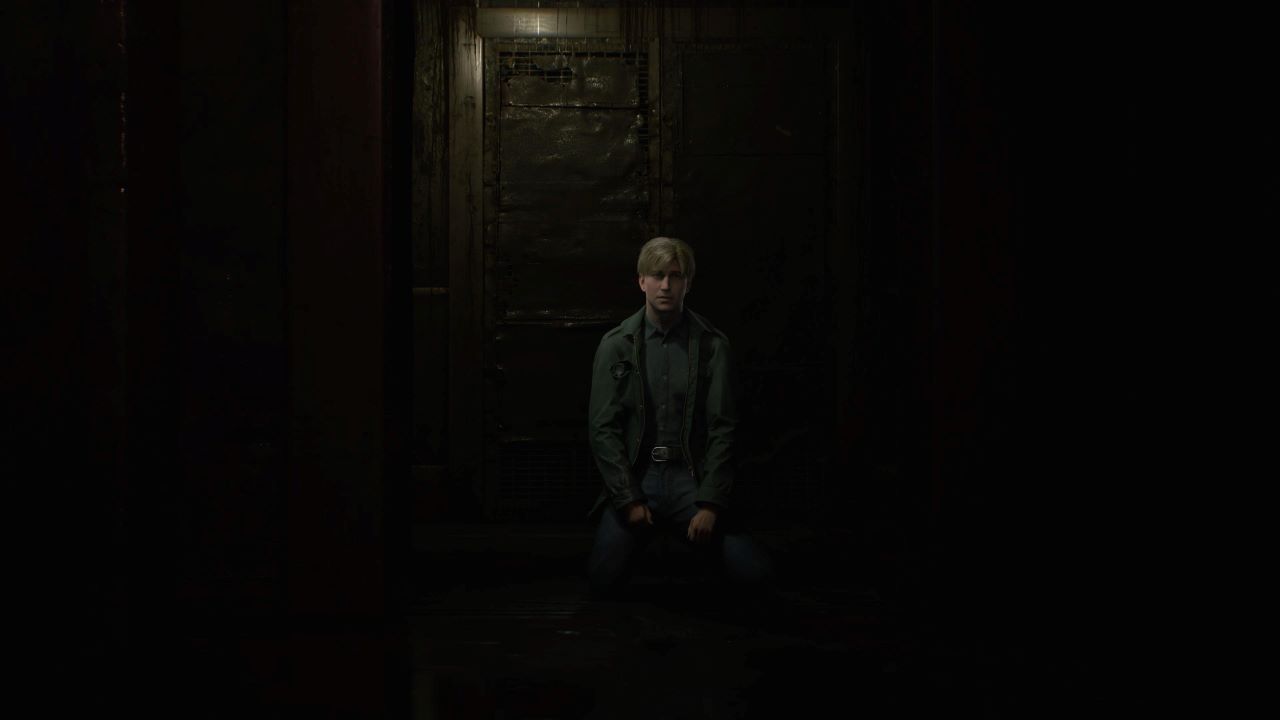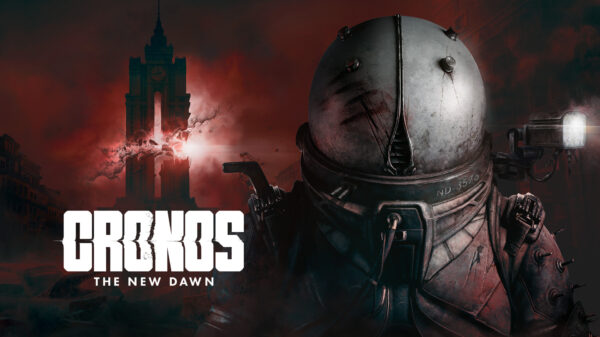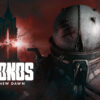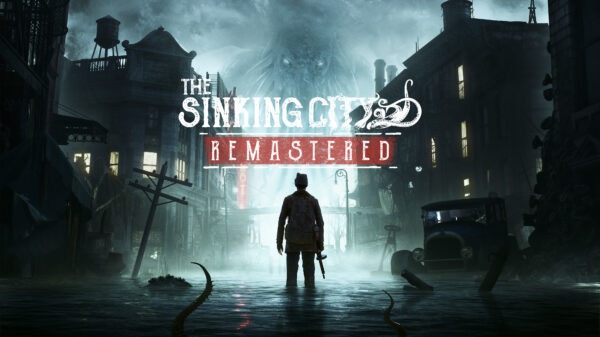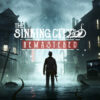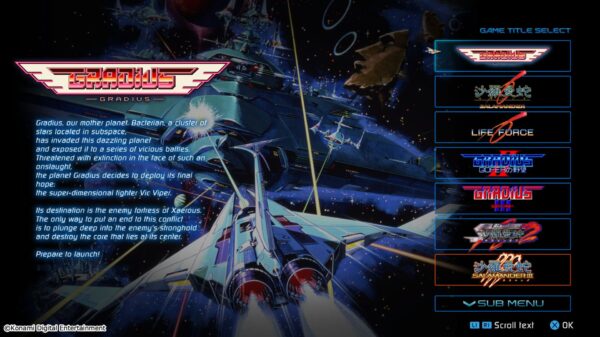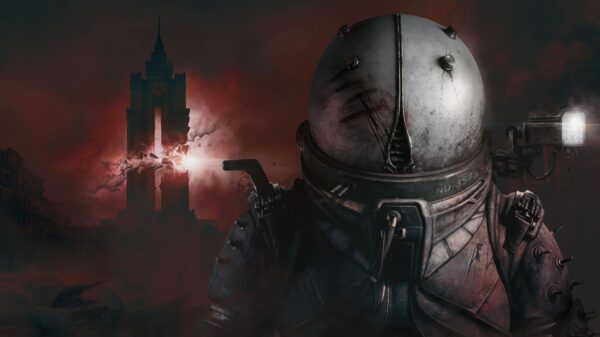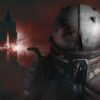Silent Hill 2 feels like a modern experience in many ways. The combat doesn’t have the depth you might hope for in a modern horror game, and its survival aspects feel trivial, but the exploration, puzzles, and story are all top of the class. The horror of Silent Hill 2 doesn’t feel like it’s lost a step despite being over 20 years old, still doing things that other games in the genre only aspire to.
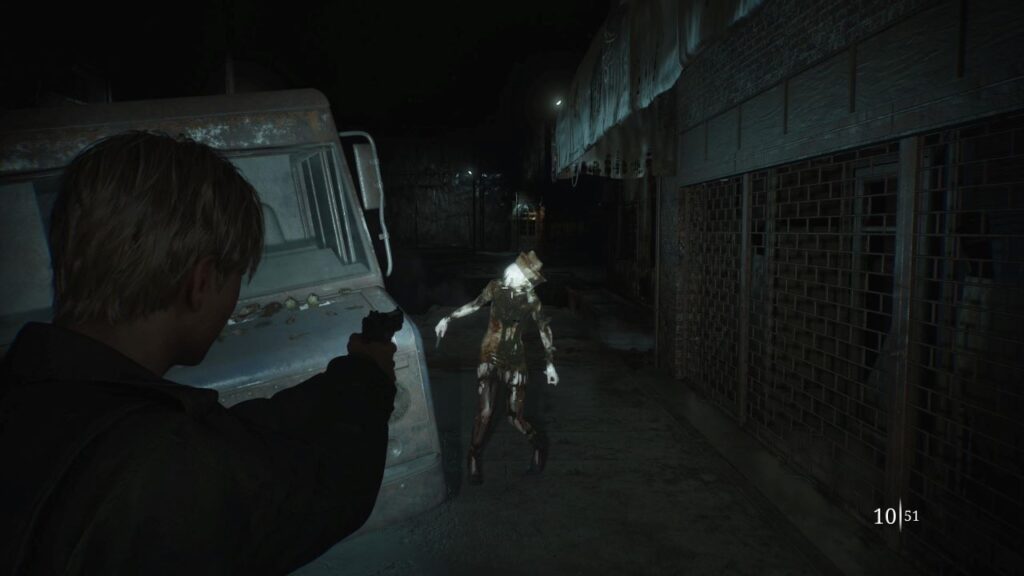
Silent Hill 2
Developer: Bloober Team SA
Price: $70
Platforms: PlayStation 5 (reviewed), PC
A PS5 code was provided for this review
I’ve never played the original Silent Hill 2, but it’s almost impossible to avoid. It’s long been lauded as one of the best horror games ever made and the Silent Hill 2 remake feels like a game worthy of sharing the same name, even if it doesn’t feel like a modern masterpiece. The horrors feel cutting in fresh ways and the story is deeply upsetting in a way that many horror games either don’t manage to achieve or do so in exploitative ways. While the combat and survival aspects feel shallow, the immaculate vibes carry this experience through to a satisfying–and upsetting-conclusion.
Silent Hill 2 follows James Sunderland, as he returns to the sleepy, fog-filled town after receiving a hand-written letter from his dead wife Mary. He arrives in an effort to find her, despite her death three years prior. This premise provides a strong starting point for understanding Silent Hill 2, as it establishes early on that there’s something wrong with Silent Hill and there is something wrong with James. It does feel like the type of story you might expect from a survival-horror game, but that feeling is actively used against you.
The combat feels pretty standard for the genre, with a lot of decision making coming down to resources. You have limited bullets, so it might benefit you to use your melee weapon, but letting enemies get closer puts you at risk of taking damage, and healing items feel limited too. At least it starts that way, but as your stockpile of bullets and healing items start to become quite plentiful, it’s clear that the combat isn’t what makes this scary. That said, the combat loop can feel a bit simple, with fairly limited enemy variety. With an abundance of ammo and healing supplies, it can feel a bit trivial at times. It’s not the focal point of the horror, but you spend more than enough time engaging with it that I wish it had a bit more depth.
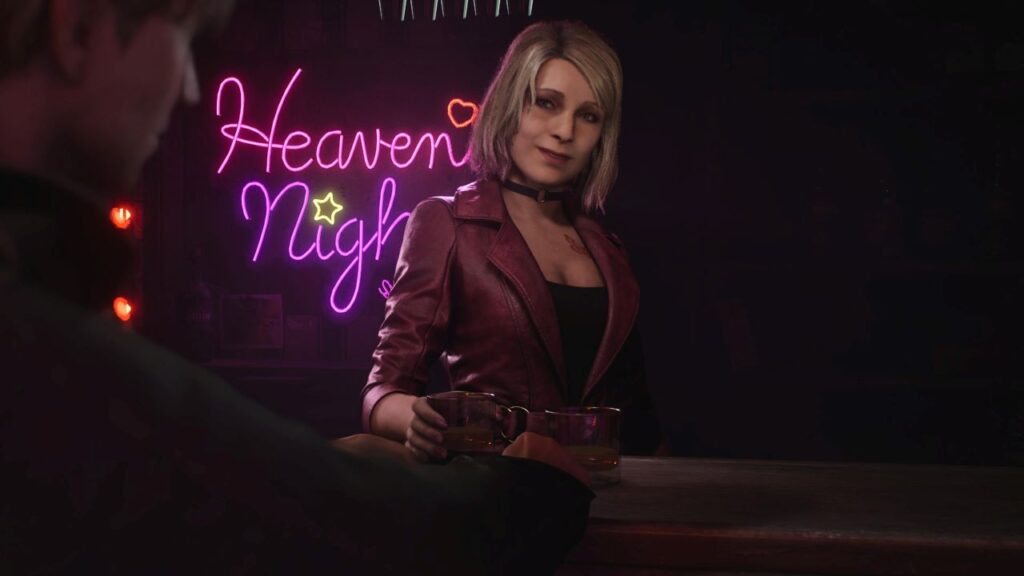
What this doesn’t impact, is the overall feeling of Silent Hill 2, which can be described in many ways, but I think bad sums it up quite nicely. The opening feels a bit slow and not as intense as the rest of the game, but once the plot and gameplay start rolling, there are no breaks or moments to breathe. Even when my pockets were overflowing with bullets, I still felt tense at every new door or hallway I discovered. This was due to the fact that the story, atmosphere, and environments are all deeply unsettling. It wasn’t the fear of a new monster–although there are no shortages of horrors in terms of bosses–but it was also the next unsettling note, the next message painted on the wall that felt just as targeted towards James as it felt tied to another unknown horror altogether.
Silent Hill 2 uses locked doors in an incredible way. On a functional level, even the most obtuse puzzles felt solvable, thanks to every environment funneling you into the next room on your journey. But locked doors also provide one of the few sources of relief, since its one less potential source of horror. The puzzles themselves lean on the classic obtuseness of the genre, with an early example being a jukebox. You have to find the missing piece of a broken record, a button for the jukebox, and a coin to turn it on, which provides you with a key at the end. Most puzzles provide keys, which almost always lead to new horrors. This eerie feeling gets you effectively, making it so even in times where it should feel like a reprieve, you can’t let your guard down.
Exploration plays a big part in this, since even with locked doors you will still have to search apartments, a hospital, and more to uncover more of the mystery of Silent Hill. The map system plays a big part in this, with James automatically marking down blocked areas, important items, and locked doors. He even writes down codes you have found, taking any potential frustration of trying to remember a solution you’ve found. Exploration is also where combat is its most stressful, in large part due to the radio system. You find a radio early on in Silent Hill 2, that functionally does one thing, make static noise when an enemy is nearby. On PlayStation 5, this static sound comes from the controller, making it quite loud regardless of your game volume. This static immediately throws you into fight or flight, knowing that an enemy is right next to you, even if you haven’t spotted them. There are a few cases where this doesn’t kick in immediately, like with the mannequin enemies, but it does add an extra level of stress, even if the combat itself doesn’t directly stress you out.
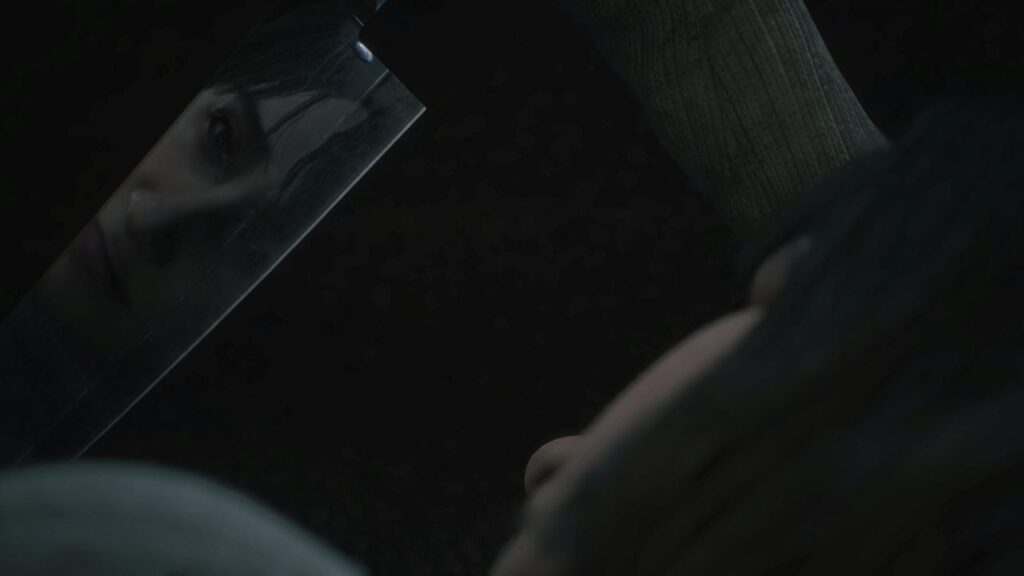
The story of Silent Hill 2 is a big factor for why it succeeds. Not only does it lean much further into psychological horror than something like Resident Evil, but its use of a supporting cast really adds to it. There are very few characters outside of the monsters, but each plays a perfect role. The two highlights are Maria and Angela. Maria is a woman who looks quite similar to Mary and spends some time helping James search for her. Angela on the other hand has come to Silent Hill to look for her mother, only crossing paths with James on occasion. The inclusion of other people suffering through the evils of Silent Hill adds a nice dynamic to the game, showing that while it might feel like James’ personal hell, it’s actively torturing other people in entirely different ways.
It’s difficult to discuss without saying too much, but Silent Hill 2 also does an excellent job of discussing difficult and horrifying topics from the real world in a way that doesn’t shy away from the awfulness of them without exploiting ghat awfulness for cheap scares. It can be difficult to balance both the realness of these topics and their unimaginable evilness when it’s shown to you both realistically and in metaphorical ways, both the remake manages to keep those aspects of the original and treat them with the same care, even in a much higher fidelity.
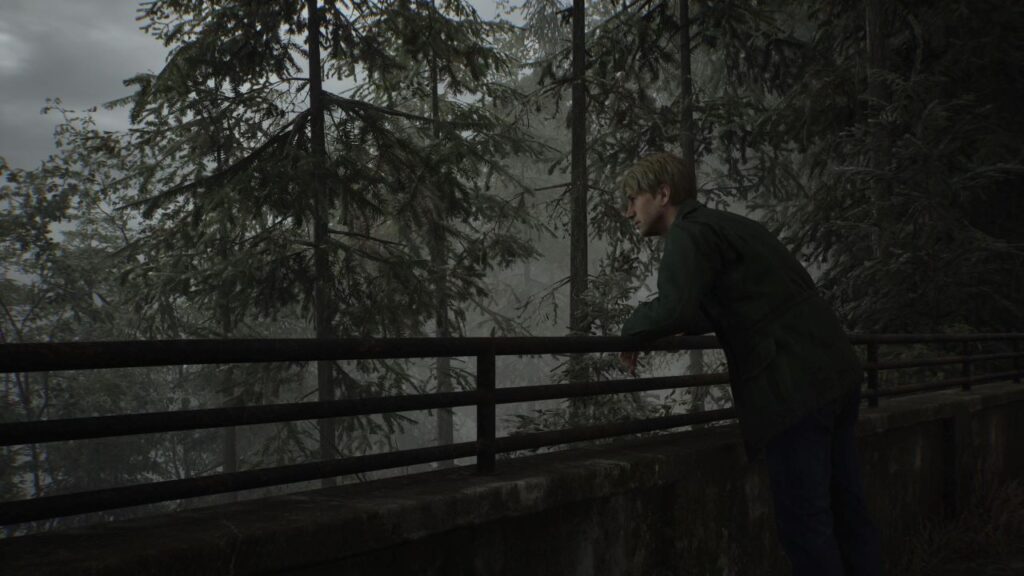
In addition to the combat being simple, there are a few sections that feel a bit long. The beginning lets you sit with the foggy Silent Hill for a bit too long before you start getting tastes of the story intriguing enough to push you forward. The section after that, the apartments, also takes a bit to really get going, but about halfway through that Silent Hill 2 finds some momentum and never really lets off the gas. The boss fights are effective in terms of horror and story, but the bullet sponge nature of these fights really highlights how uninteresting the shooting is in such drawn out sections.
Silent Hill 2 brings a classic horror game back in an impressive way. Despite over 20 years of time passing, the story still feels poignant and unique in video games. As someone who never played the original, but has heard people sing its praises, Silent Hill 2 delivers on those, even if its combat doesn’t reach the heights of other games in the genre. If you enjoy the uneasy, and in some cases deeply cutting, feeling of psychological horror, Silent Hill 2 is a must play.
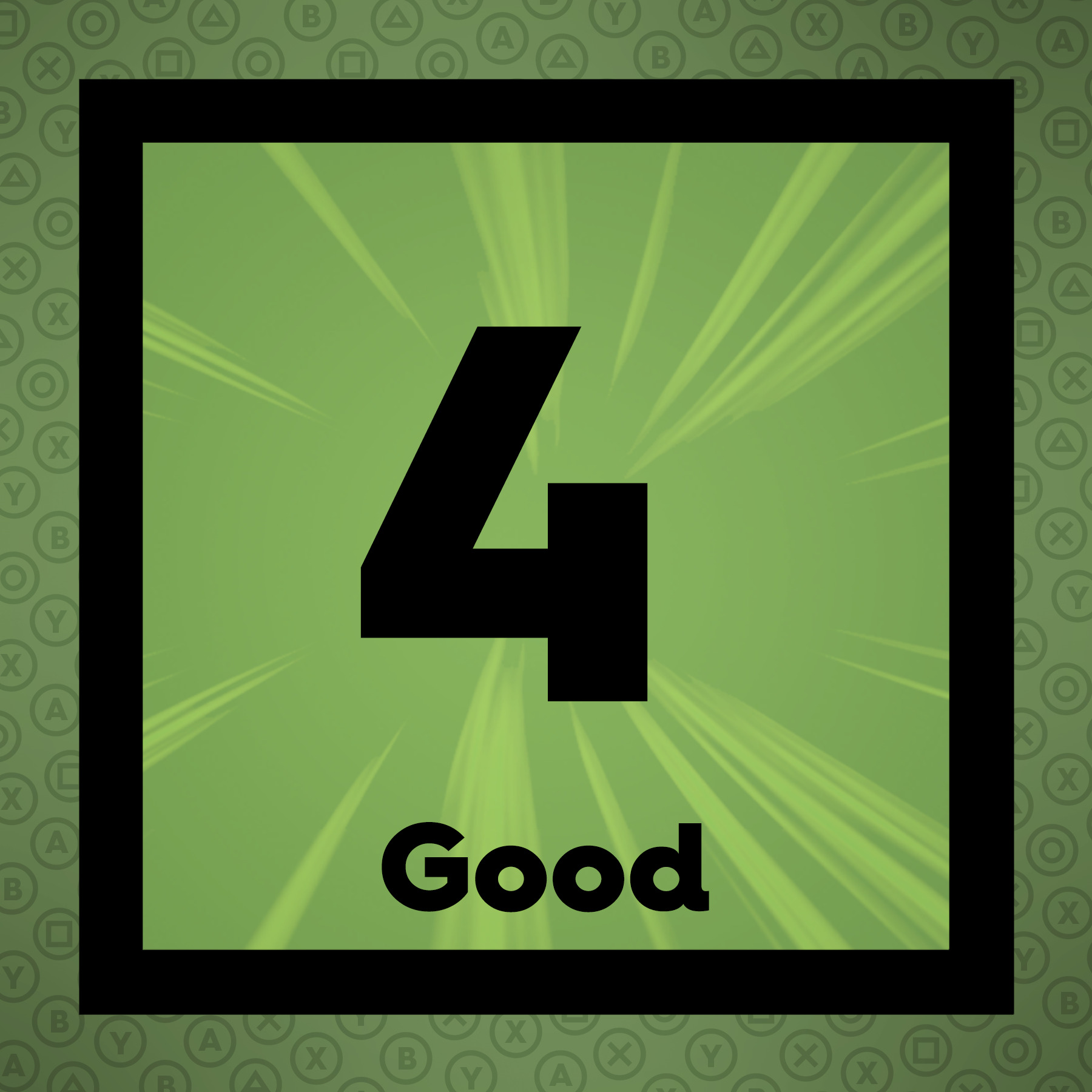 The Final Word
The Final Word
Silent Hill 2 has more than enough modern features to make experiencing it in 2024 hit just as hard as it was praised for doing in 2001. The story still feels unmatched in the genre and the horror is upsetting in ways that feel quite different from some other modern horror titles. Its depiction of real-life horror is handled with incredible skill, using awful realities to benefit its horror without exploiting them or shying away from the realness of them. Combat doesn’t have the depth you might hope for and its opening is stretched a bit too far, but it’s still an excellent horror experience.
MonsterVine Rating: 4 out of 5 – Good


